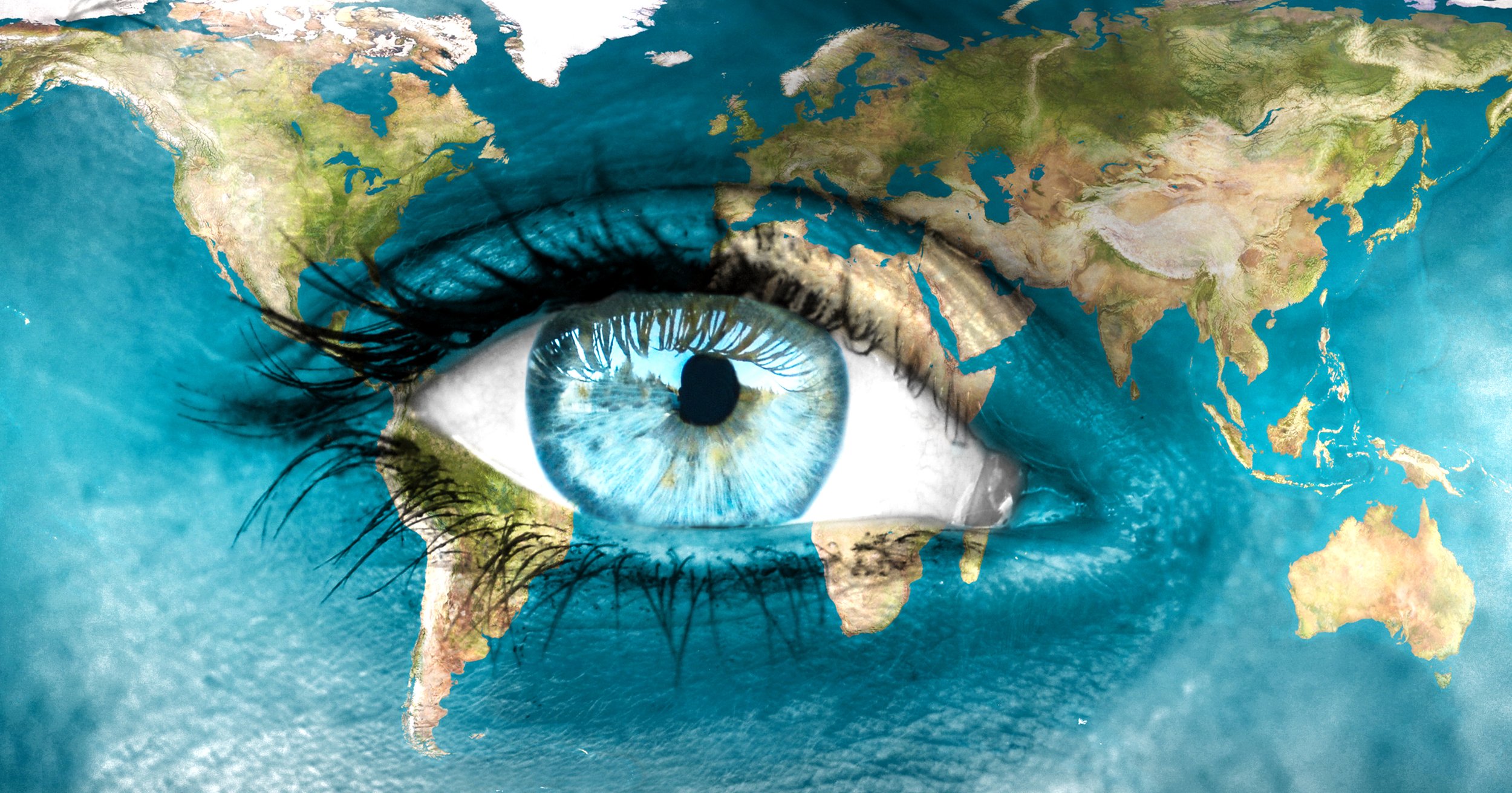Hey - it’s a question that people occasionally ask and the answer is (as usual) more complicated! It’s just another example of how complicated the human condition is, but sometimes that complexity is not really “important” to our daily lives, but it adds to the extraordinary wonder associated with what it means to be human.
FROM AARP / BY HALLIE LEVINE
How many eye colors are there, and why your shade is unique to you
At some point, you’ve probably wondered what the rarest eye color is. The answer is green, according to the American Academy of Ophthalmology (AAO). Only about 2 percent of the world’s population sport this shade.
As to why, that answer isn’t so simple. “We used to think only one gene determined eye color,” says Julie Kaplan, M.D., a physician at the Center for Personalized Genetic Healthcare at the Cleveland Clinic. In high school biology class, for example, you probably learned that brown was dominant and blue was recessive, so two blue-eyed parents would not be able to have a baby with brown eyes. The truth, however, is a bit more complicated, Kaplan notes.
What determines your eye color?
About 75 percent of eye color is due to one gene, OCA2. It makes melanin, a substance in your body that produces hair, eye and skin pigmentation. If you inherit two nonfunctional copies of the OCA2 gene from your parents, you will go on to develop blue eyes. But if you have at least one functional copy, your eyes will be darker, on the spectrum of green, hazel or brown.
In case you were planning to decorate your impending grandbaby’s nursery to match the color of their eyes, be prepared to be disappointed. It is impossible to predict what color their orbs will be. “There are several different genes involved, which we’re just beginning to learn about and understand,” Kaplan explains. HERC2, for example, is a gene that turns the OCA2 gene on or off as needed. Different variations of it can cause the OCA2 gene to produce less melanin, which leads to lighter-colored eyes. There are at least eight other genes that influence eye color. In the meantime, you can take comfort in the fact that your own individual eye color is like your fingerprints: something that is unique only to you.
Brown eyes are the most common: Over half the people in the world have them, according to the AAO. In fact, about 10,000 years ago, all humans had brown eyes. Scientists speculate that their elevated levels of melanin helped protect people from the sun’s damaging rays. But as people moved from the sweltering climates of Africa and Asia to the cooler environments of Europe, there was less need for this protection.
At some point in history, as humans migrated north, a gene mutation occurred to reduce melanin production, says Kaplan. When the eyes have less melanin, they absorb less light. That means more light is scattered out from the iris, or colored part of the eye, which reflects off the surroundings. Eyes with the smallest amount of melanin in them will appear blue, while those with a little more melanin will appear green or hazel.
Were Elizabeth Taylor’s eyes really violet?
Most people’s eyes are blue, green or brown, with some shades in between, notes Kaplan. This explains why your eyes may be dark green or hazel or even appear bluish gray. While Elizabeth Taylor made headlines with her violet eyes, her eyes were in fact blue. Blue eyes get their color from light that is coming in and being reflected out, so it is not surprising that they appeared as assorted colors based on lighting conditions.
Makeup can bring out certain colors in the eye, Kaplan adds. Taylor also reportedly had a double row of eyelashes, a condition doctors call distichiasis, which helped accentuate her famous eyes. Some people with albinism do appear to have violet eyes, because the blood vessels in the back of their eyes can be seen under certain light conditions. People with albinism have little or no production of melanin pigment, which affects the color of skin, hair and eyes.


